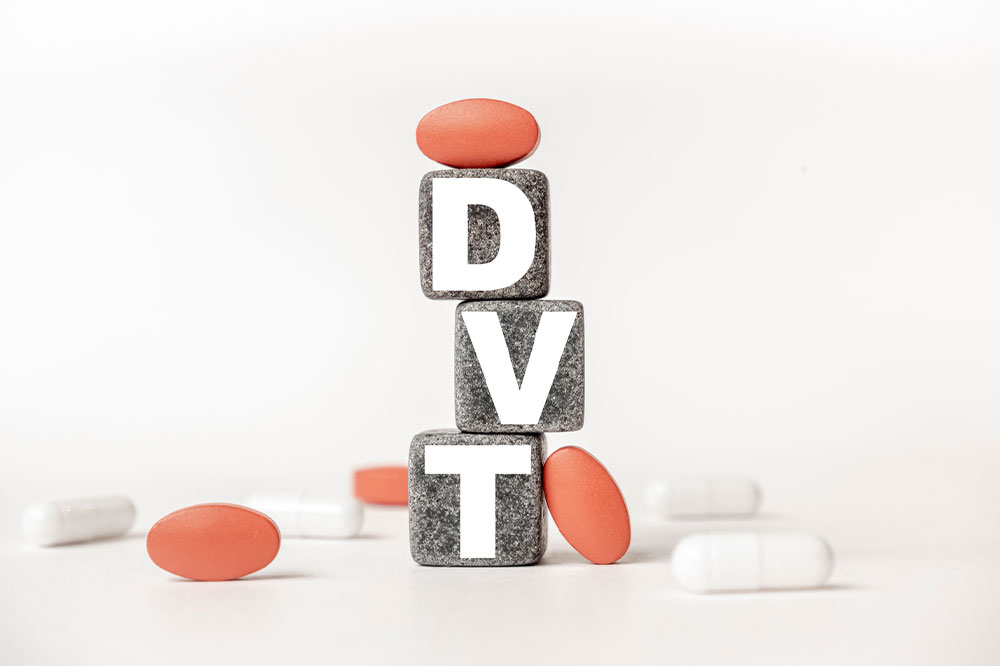
DVT Complications and Preventive Measures
Deep vein thrombosis (DVT) is characterized by blood clots that partially or entirely block the veins. These clots that are deep inside the body could lead to many complications. The common telltale sign of DVT is it causes the veins to swell, making them visible. This article lists the complications and prevention tips of DVT.
DVT complications
If the condition is diagnosed early, it can easily be treated with blood thinners, other medical assistance, and a few lifestyle changes. However, if the condition isn’t addressed, it could lead to complications that are listed below.
1. Pulmonary embolism
When blood clots travel through the veins, they can move through the bloodstream and lodge themselves in an artery of the lungs wholly or partially. This medical condition is called Pulmonary embolism (PE) and can lead to many discomforting symptoms, including the following:
-Shortness of breath
-Sharp chest pain
-Rapid heart rate
-Cough with blood
-Heart palpitations
-Heart failure
2. Phlegmasia Cerulea Dolens
This is a condition characterized by the buildup of fluid in veins. It usually is first diagnosed in the left leg, and then gradually, when the condition worsens, it moves to the right leg. This condition is accompanied by blisters, pale skin that becomes pale and turns blue, burning or tingling of the skin, and weakening of muscles. However, it is also associated with severe complications, which are listed below:
-Gangrene
-Ulcerative colitis
-Hypercoagulable syndrome
-Iliac artery pushes on the vein
-Cancer tumor
The condition is associated with serious complications; therefore, deep vein thrombosis’s first signs and symptoms must not be ignored.
Preventative measures for DVT
Majorly, all long-term illnesses are treated with the help of healthy lifestyle choices in combination with medical assistance. And the preventative measures that help treat DVT are listed below.
1. Exercise
An active lifestyle will help blood circulation, keeping blood clots at bay. This will also help manage weight issues. Any workout should be a part of a lifestyle and not just a choice.
2. Eat healthy
Foods that are high in sugar or sodium must be limited or best avoided. That’s because these foods can have a significant influence on blood pressure.
3. Manage BMI
Half the problems arise due to excess weight, and there’s no denying that. A healthy weight can keep many illnesses at bay.
4. Wear comfortable clothes
Loose, airy clothes help the skin breathe and allow good blood circulation, aiding in seamless blood flow.
5. Avoid being still
If the patient’s job involves sitting around, make a conscious effort to move around so the limbs don’t rest in one position for too long.
6. Quit smoking
Smoking is a habit that could worsen one’s condition and could slow down the treatment drastically.
7. Manage blood pressure
The blood pressure needs to be in check to know for sure that the blood flow is seamless. Regular blood pressure checks, done at home, can help the patient get through DVT faster.


